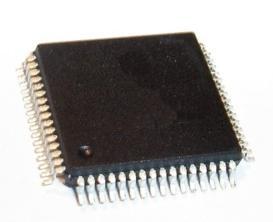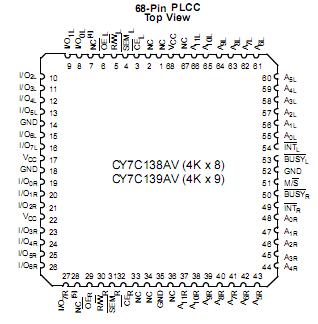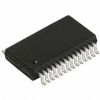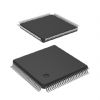CY7C138AV: Features: •True Dual-Ported memory cells which allow simulta-neous access of the same memory location•4K/8K/16K/32K x 8 organizations (CY7C0138AV/144AV/006AV/007AV)•4K/8K/16K/32K x...
floor Price/Ceiling Price
- Part Number:
- CY7C138AV
- Supply Ability:
- 5000
Price Break
- Qty
- 1~5000
- Unit Price
- Negotiable
- Processing time
- 15 Days
SeekIC Buyer Protection PLUS - newly updated for 2013!
- Escrow Protection.
- Guaranteed refunds.
- Secure payments.
- Learn more >>
Month Sales
268 Transactions
Payment Methods
All payment methods are secure and covered by SeekIC Buyer Protection PLUS.

 CY7C138AV Data Sheet
CY7C138AV Data Sheet








